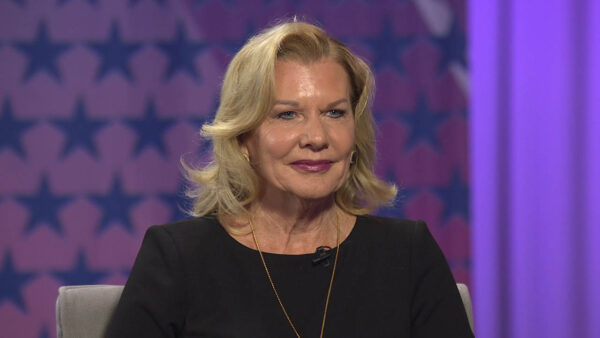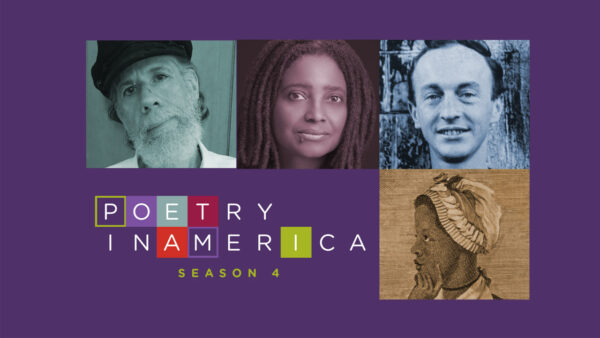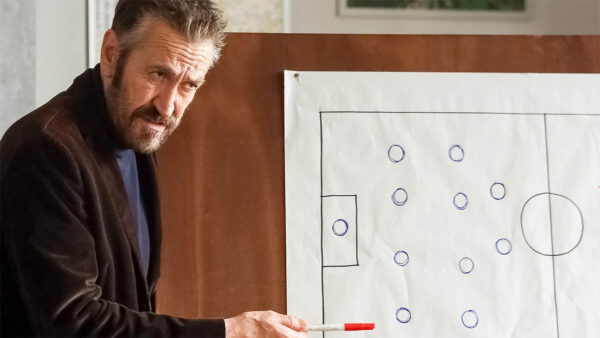Wednesday, Jan. 25, 2023 at 7 p.m.
Take a deep breath and experience the complex world of ocean waters. Get a never-before-seen look at how life underwater co-exists in a marriage of necessity.
About the Episode
Howard Hall, one of the world’s foremost underwater filmmakers, brings to Nature a lifetime of insights into how life in the ocean really works – in surprisingly cooperative communities built on age-old partnerships. Coral reefs turn out to be cosmopolitan cities where relationships thrive: a specialist shrimp, a baby damsel fish, and a porcelain crab all share the protection of an anemone; an urchin and a crab form an unlikely pair; fan corals each support their own kind of seahorse. They are all part of a vast system that only exists because everything is connected. From great whales to turtles, to sharks and tiny blennies, the ocean is full of creatures that need and support each other.
Buzzworthy Moments:
Many fish help to clean other sea creatures. Cleaner shrimps help tidy moray eels and surgeonfish remove algae from sea turtles.
A dugong in the Philippines has two sets of companions, streamlined remoras and striped golden jacks. The golden jacks grab small shrimps that the dugong stirs up and don’t bother the creature. The remoras, on the other hand, are irritating. The dugong tries many different techniques to get rid of them.
A fire urchin is venomous, but the carrier crab doesn’t mind. The crab allows the urchin on its back and in return the crab gets protection. These unlikely partnerships make up the heart and soul of the ocean.
Noteworthy Facts:
Sound travels further underwater and whale songs can cross an ocean. Humpback whales travel up to 4,000 miles from Antarctica to French Polynesia to mate and give birth. Humpback bulls sing complex songs on their heads. Humans do not yet understand the meaning of these constantly changing songs.
Jellyfish can’t see or hear, yet they travel together. Jellyfish are a clue to food along colder currents, so they tend to pick up passengers or companions, including sharks.
Once an opalescent squid mates and lays eggs, all the adults die. Almost everything will eat the dying parents, but the eggs carry toxins. Once the squid hatch, most larvae are swept away and become part of the plankton, the biggest nursery on the planet.




















